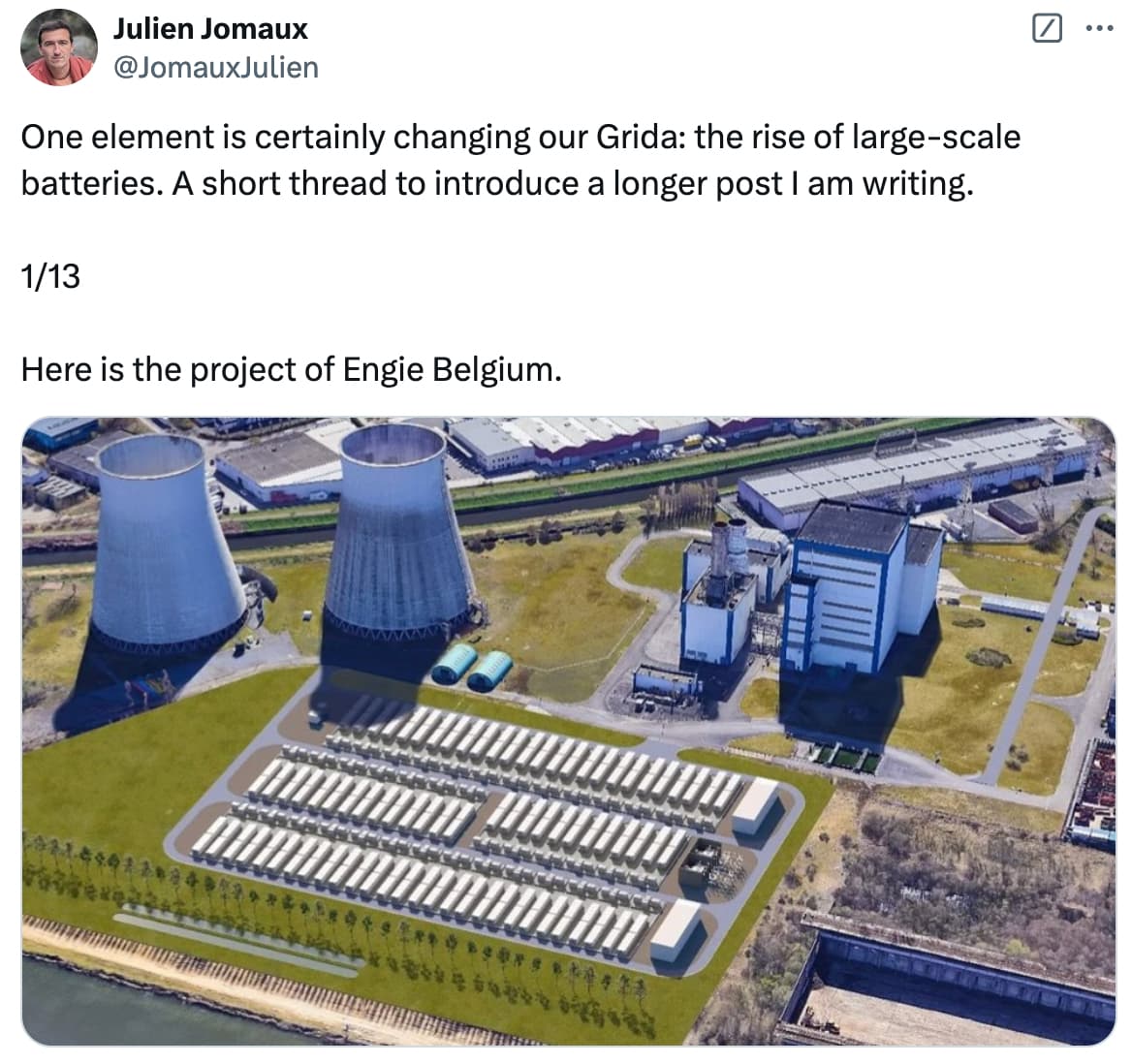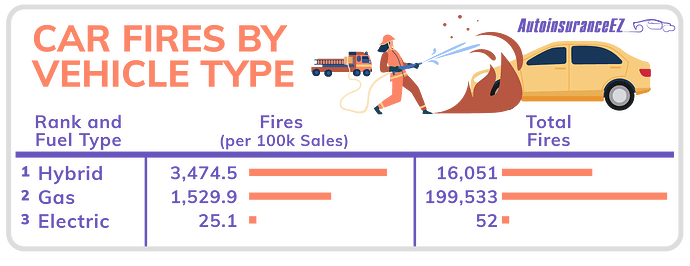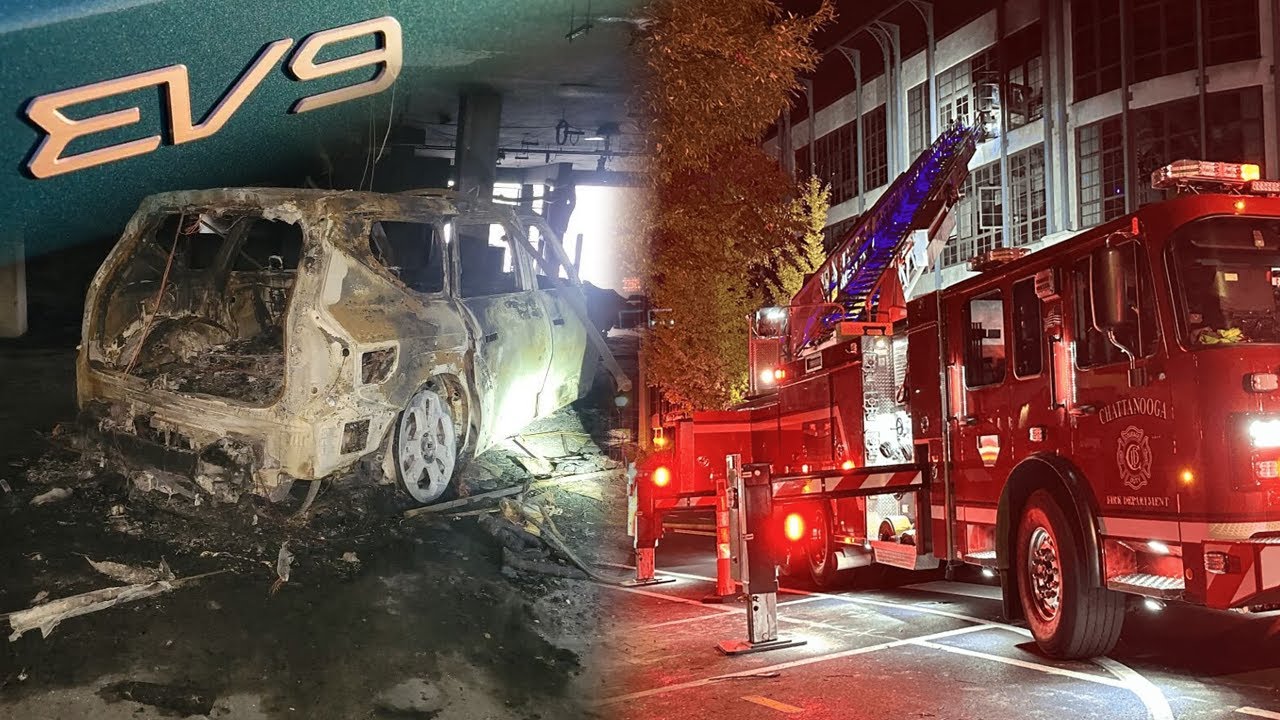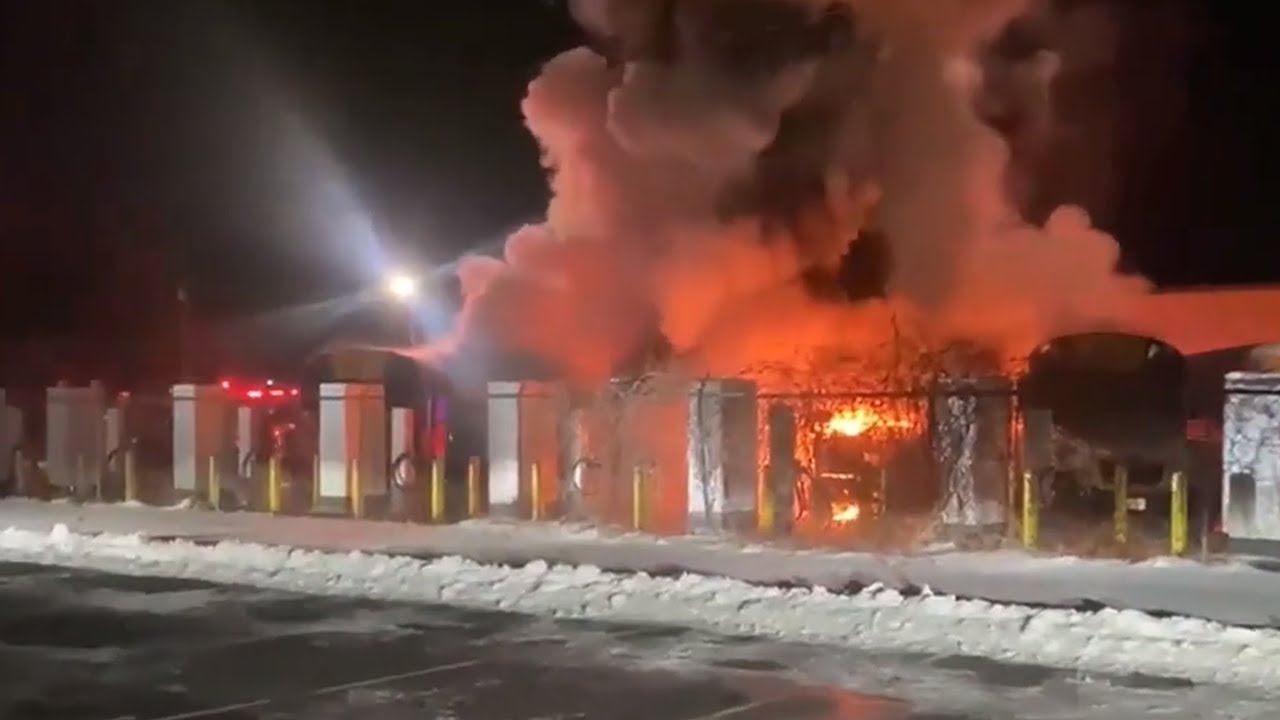Who knew? Amish people are making lithium batteries now.
[Inside MillerTech: A Facility Tour with Owner Lester Miller - YouTube]
I don’t trust CBS News (the source of this story). The headline claim that there are fired twice a week is supported by zero citations. If there is FAA data, why not link to it?
A quick search of the FAA website yields this SAFO, which makes no mention of any statistics on the number of incidents. This advisory for “the holiday season” merely notes that “Hazardous materials have been a factor in multiple aviation accidents over the past few
decades.” This summary, dated 01JUL2022, only lists about 20 thermal events for the first half of the year and 375 since 2006. However, most of these events were not fires. Typically, they were overheating incidents, ending when the device was placed “into a thermal
containment bag” without smoke or fire. That accounts for about half of the 20 events. Nine of the 20 (not all the same as the half) were vape devices, which are not likely to be able to make a very big fire.
An amusing note: when there are fires or smoke, the devices are “submerged in water.” That doesn’t sound quite right.
2 Teslas, a Bolt, and a Fusion Hybrid. All flood cars:
This thread is currently about battery fires in mobile devices, from phones to cars. Displacing stationary batteries in homes has no effect on this issue. A battery farm does not decrease the need for mobile batteries.
Open question for anyone who understands lithium battery fires more than I do, which is almost everyone: Do hybrid cars have lithium batteries and, if so, have there been reports of them catching fire?
IIRC, the vast majority of hybrids other than Toyotas use lithium ion batteries. Toyotas traditionally used nickel metal hydride (NiMH) but used lithium ion on plug-in hybrids.
Several reasons why lithium ion batteries are not as big a problem in hybrids:
- fewer batteries per vehicle proportionately reduces risk;
- smaller packs are easier to locate in a safe place with little puncture risk;
- easier to manage the charge levels;
- possibly the small size allows a greater use of fireproof materials without taking up too much space.
These are all plug-in hybrids:
Fair enough but I still have questions. In the subclass of battery fires related to water damage, as in this example, Do hybrid cars that get flooded are also subject to this problem?
The strange thing about that particular case is that the water on the floor of the garage doesn’t look more than an inch or two deep. If it’s water falling from the ceiling, that’s just like rain. I would have expected the battery to have been submerged to cause this problem.
Addendum: According to Grok,
Hybrid vehicles have been noted to have the highest number of fires per 100,000 sales among different vehicle types, including gas-powered and fully electric vehicles. This is largely due to the interaction between the gasoline engine and the lithium-ion battery system, which can generate significant heat, potentially leading to thermal runaway in the battery.
Setting aside the misleading nature of this graphic (bars are not in proportion), the numbers suggest hybrids have a problem. Presumably, the hybrid category includes plug-ins. Also, most of these are probably from collisions, not spontaneous or water damage. (Source)
It appears the battery did not catch fire:
Hybrids:
Apparently, there is a non-Tesla system and a Tesla system and it is the non-Tesla system that is on fire.
Contractors involved in the Californian mega battery storage project
Luminant, a subsidiary of Vistra Energy, was engaged in the construction of the Moss Landing phase one battery storage project.
Fluence, a global energy storage technology and services specialist based in the US, was the engineering contractor for the project. Fluence is a joint venture between Siemens and AES Corporation and was launched in January 2018.
Burns & McDonnell, an engineering and construction company based in Missouri, US, was the engineering, procurement, and construction (EPC) contractor for the Moss Landing phase two.
LG Energy Solution (LGES), a lithium-ion battery manufacturer based in South Korea, supplied batteries for both phases of the Moss Landing energy storage project.







